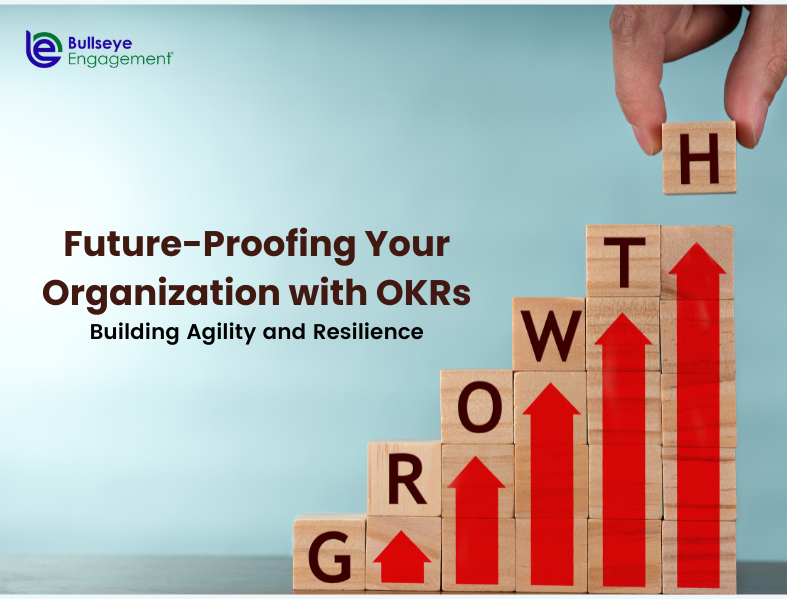Although traditional management reporting has been around for decades, it is quickly becoming out of date. Let’s face it, who wants to wait for “stale” reports from managers when technology now enables us to have up-to-the-minute information at our fingertips in the form of a business dashboard? Like the dashboard in your car, a business dashboard places real-time knowledge in front of executives, managers and teams to help them drive the operations under their responsibility. Dashboards can help companies put fires out while they are small and capture opportunities the moment they arise. Whether your organization is planning to develop business dashboards or even if it already has dashboards in place, here are 5 important ways to get the most out of them:
1. Include Only Actionable Measurements
Since the core purpose of a dashboard is to support decision-making, only actionable information should be included. For example, it may be nice to know the number of employees in a certain department, but whether or not payroll expense is in line with the plan is actionable. Financial and operational key performance indicators, or “KPIs”, are especially appropriate to include in business dashboards because they highlight how the company is doing in the areas that matter most.
2. Design A System For Information Flow
Whenever possible, business dashboards should not be separately contrived or maintained by specific people. Humans make mistakes, they go on vacation, have competing priorities and will ultimately tire of constantly searching for data and entering it on a dashboard for managers. Instead, it is always best if dashboards are automatically fed with information flow from documents and files that teams normally use to run their operations. For organizations where large amounts of disparate, raw data is generated across many departments, a business intelligence system can be used to turn the data into important insights on a dashboard.
3. Include All Teams
Business dashboards are not just for managers and executives. On the contrary, every team in the company should have its own dashboard that tracks its financial and operational results. Likewise, each person should be aware of how their team is performing, and regular meetings or huddles should focus on the team’s dashboard and underlying data. Just as team dashboards flow from the documents that are used in their operations, management and executive dashboards can in turn flow from team dashboards.
4. Make Information Simple and Visually Clear
By their nature, one quick look at a dashboard should be all it takes to understand how a company or team is doing. When the information is too complicated, a dashboard quickly loses effectiveness. Also, it is important not to go wild with graphs and charts. Graphical displays can often be quite powerful, but sometimes dashboards can be so full of graphs and charts that the page becomes convoluted and distractive.
5. Allow “Drill Down” To Underlying Data
When questions arise from a business dashboard, it’s inconvenient to have to call someone or send out an e-mail asking for an explanation or additional information. Instead, clicking on a dashboard amount to display the underlying data can answer questions immediately. Of course, not every company has the time and funds to develop a comprehensive data system that supports their dashboard, but it is a worthy goal to connect dashboards with as many supporting details as possible.
When thoughtfully implemented, business dashboards can make a big difference in organizational success, especially when they are cascaded across the company and used for decision-making by every team. As competitiveness continues to increase the need for clear, easily accessible, real-time information, we will wonder what we ever did without our dashboards!


